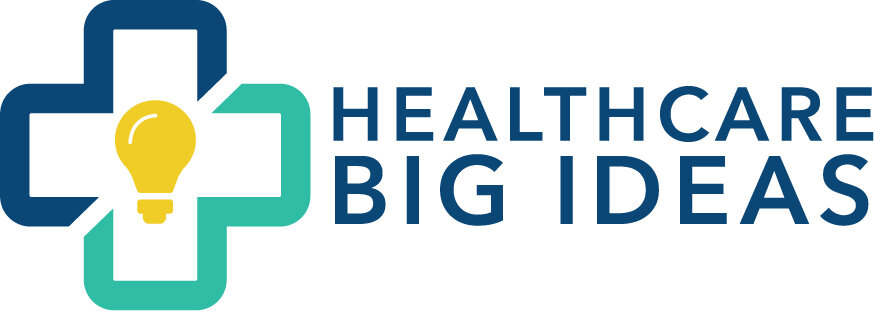Did you know that Medicare Drug Supplemental Insurance plans can raise your drug prices within a month after you have already selected and locked in your plan for the upcoming year?
NPR, just highlighted in their article “Drug plan prices touted during Medicare open enrollment can rise within a month” that consumers of Medicare Drug Supplemental Insurance (Part D) Plans have to select their plans in December for the next calendar year; yet the pricing for many commonly used drugs can increase as early as the following January. This situation makes it impossible to have any confidence in the health plans pricing information, or ultimately how much the consumer will pay out of pocket for their prescriptions.
And, unfortunately this scenario isn’t isolated to Medicare. This is true of any health insurance plan. Drug companies, insurance companies, and pharmacy benefit managers are in constant negotiation with drug pricing and individual prices can fluctuate without notice. However, the insured is not able to change plans based on these fluctuations because they have signed a contract for their premium rates.
It is an incredibly frustrating situation that many Americans find themselves in, and the problem is growing.
At Health Care Big Ideas, we want to empower you to become a more savvy consumer of healthcare. Check out our FREE GUIDE to learn how to make smart healthcare decisions and financial decisions.
